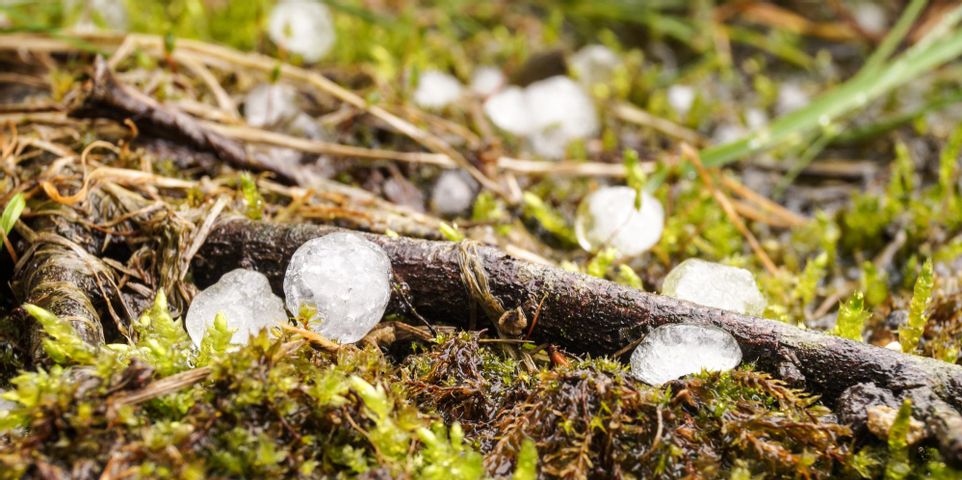
Hailstorms are common in Nebraska between May and July, although hail season can begin as early as March and continue through October. Hail usually strikes without warning and causes significant harm to crops each year. Here’s what all farmers need to know about hail damage.
What You Should Know About Hail Damage
Why Hail Happens
Hail is caused during thunderstorms when warm updrafts lift raindrops into colder parts of the atmosphere. There, the precipitation freezes before plummeting to the ground in sizes that vary from small pebbles to softballs. The stronger the updraft is, the more times the stones will be lifted into the supercooled atmosphere, and the larger they'll grow. Farms located beneath such a weather event can suffer enormous hail damage that costs thousands of dollars in crop losses.
Why Nebraska Is Susceptible
Because the elevation of Nebraska and the rest of the Great Plains are higher than much of the rest of the country — aside from mountainous regions, where few crops are grown — these states are more vulnerable to hail. Ground level is closer to the freezing atmospheric regions, so the chances of hail occurring, and that the stones will be large enough to cause serious harm, are raised.
How to Guard Against Hail
Aside from erecting nets to protect individual plants — which isn’t always cost-effective, especially over a large area — two of the most effective ways to protect your farm against hail damage are hail suppression and hail insurance. Hail suppression involves sending a small plane into a thunderstorm and "seeding" the clouds with silver iodide smoke particles, which actually causes more hail. However, it prevents the creation of larger stones that could be potentially life- and crop-threatening. This method is flashy and exciting, but it’s also uncertain and expensive. There are also no current plans to enact this in the state, though cloud seeding programs are ongoing elsewhere. Hail insurance, on the other hand, protects you financially against hail losses for only a modest monthly premium.
How to Assess Damage
After a hailstorm, inspect your crops. Take note of their growth stage and take photographs of the immediate aftermath. Wait a week or so to perform a second assessment and take a count of your crop stand. Make sure to contact your insurance agent and the Farm Service Agency for questions and claims.
To protect your crops against hail damage, contact Nebraska Crop Insurance Agency in Beatrice, NE. They’ve served farmers in and around Lancaster and Gage counties since 1981, specializing in all varieties of agricultural insurance. Visit their website to explore their services or call (402) 223-2694 to request a hail insurance quote.
About the Business
Have a question? Ask the experts!
Send your question

